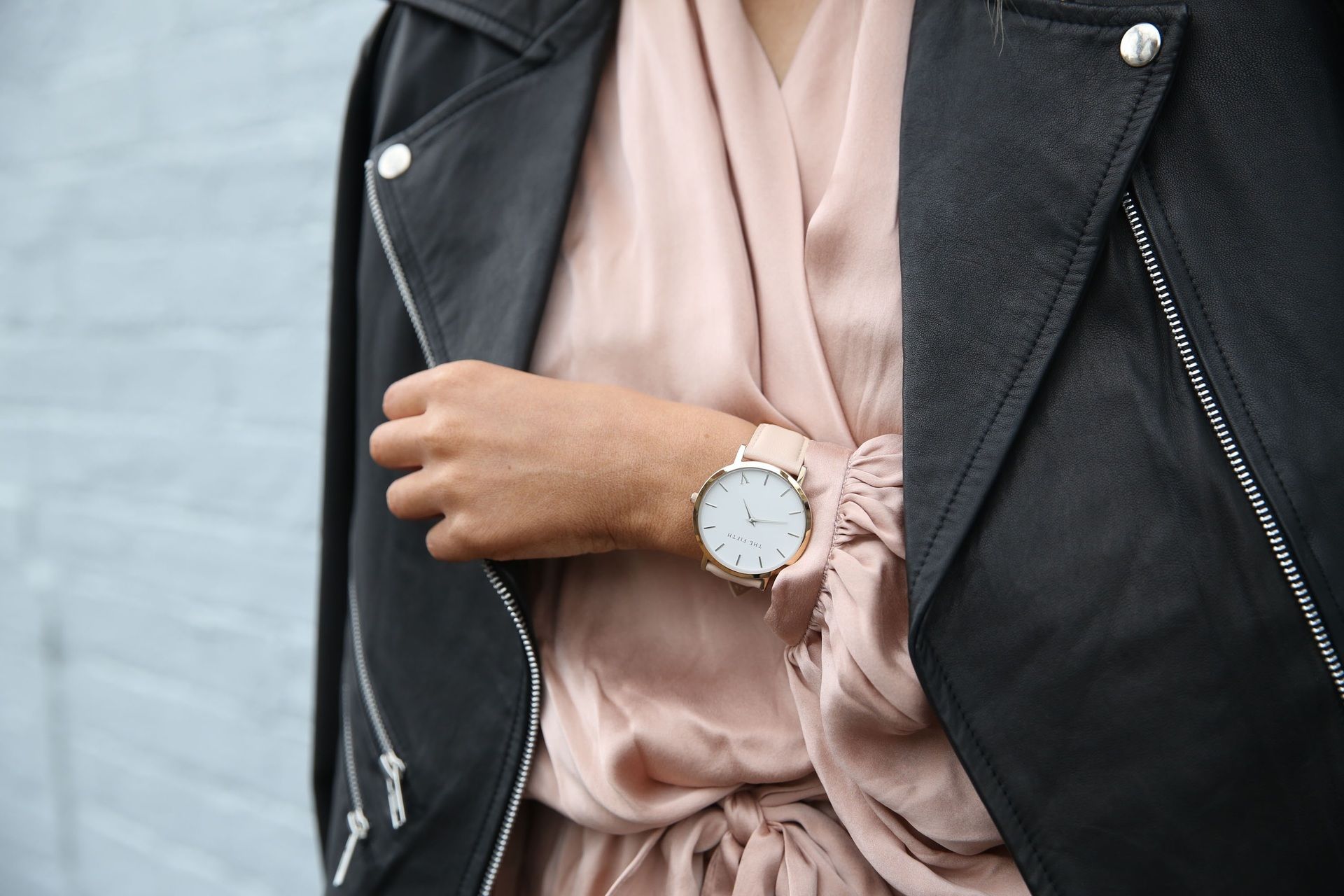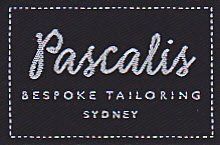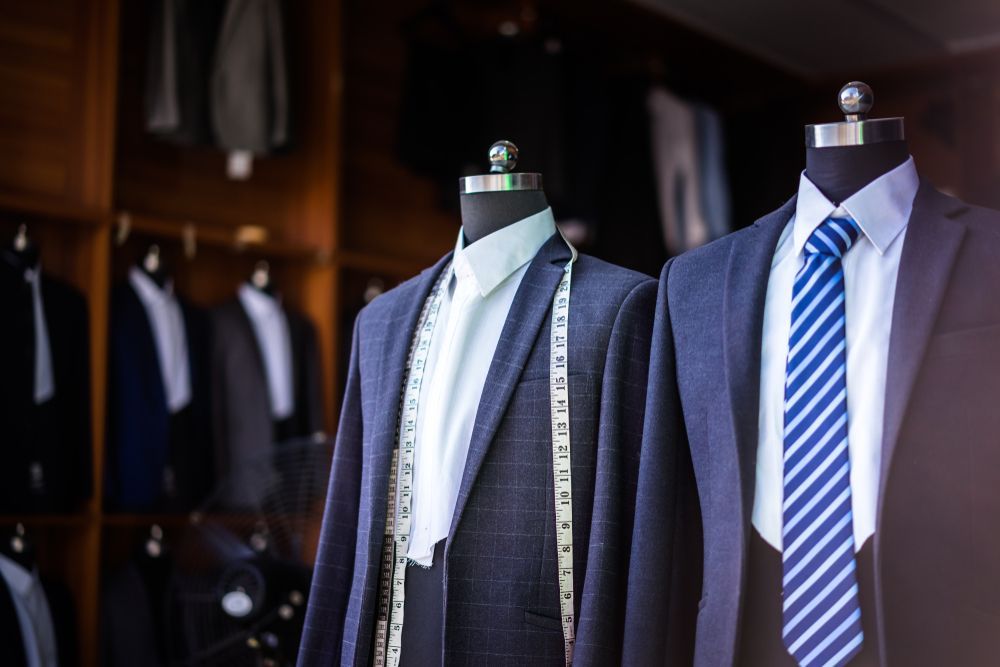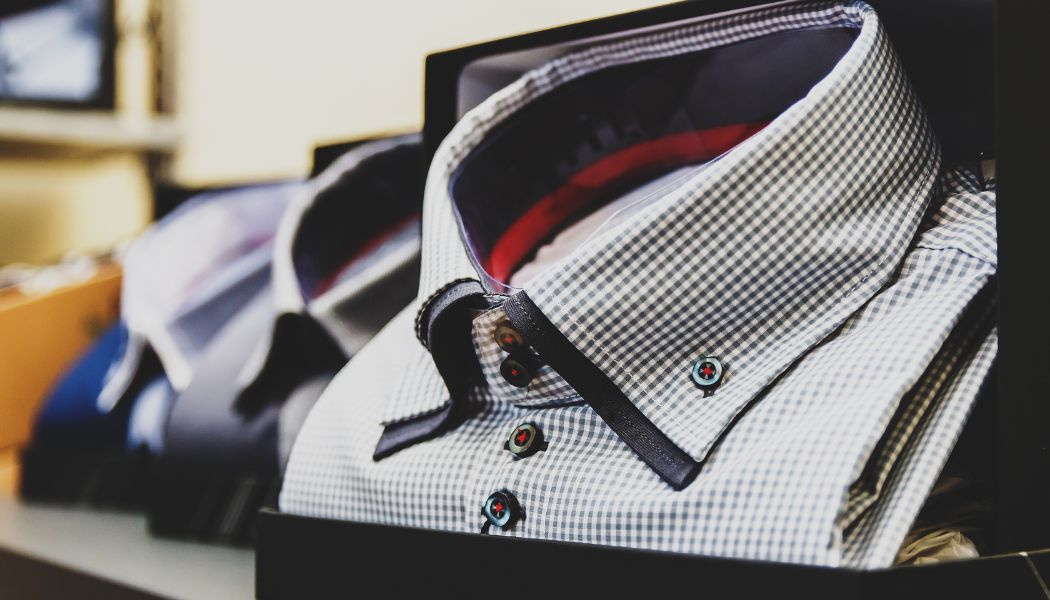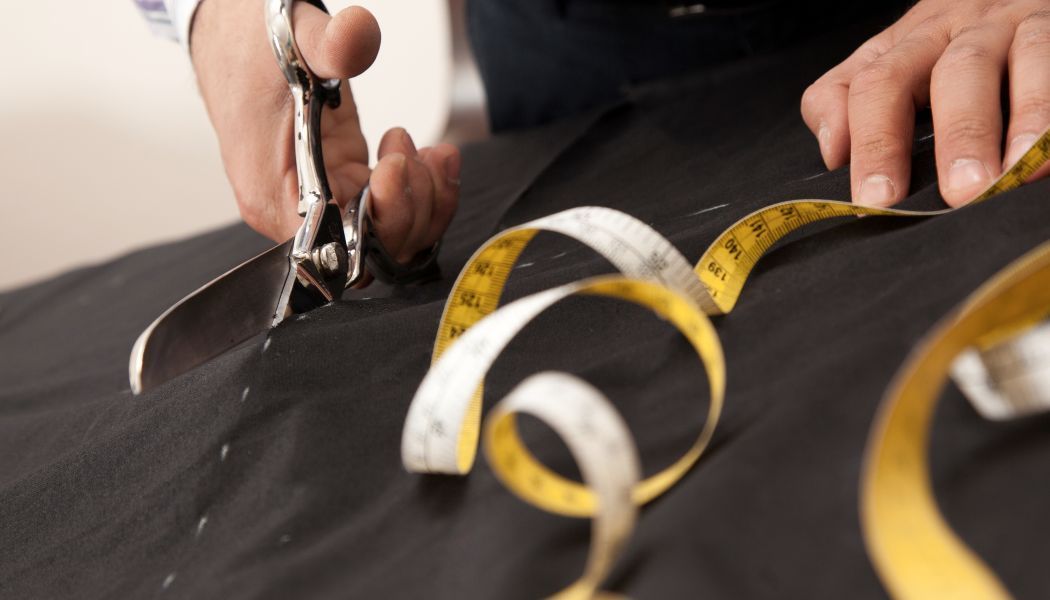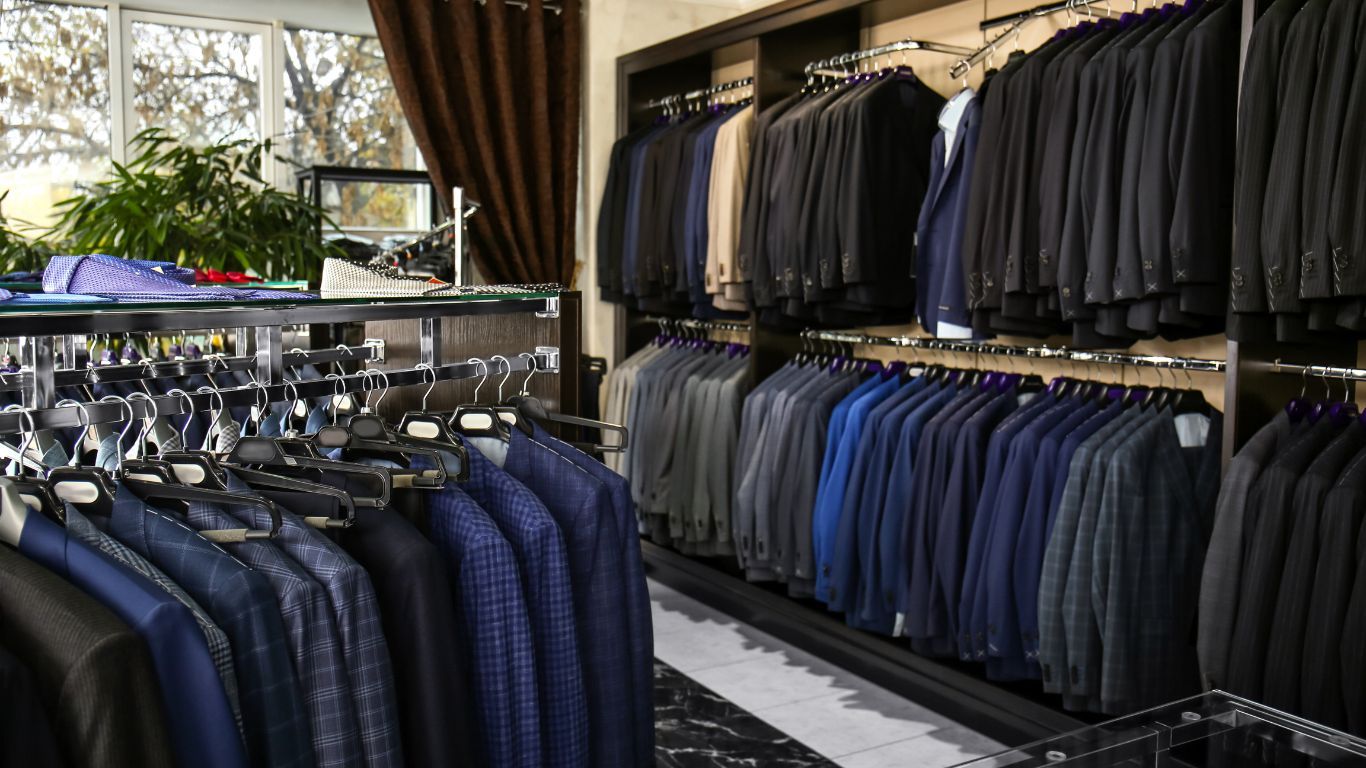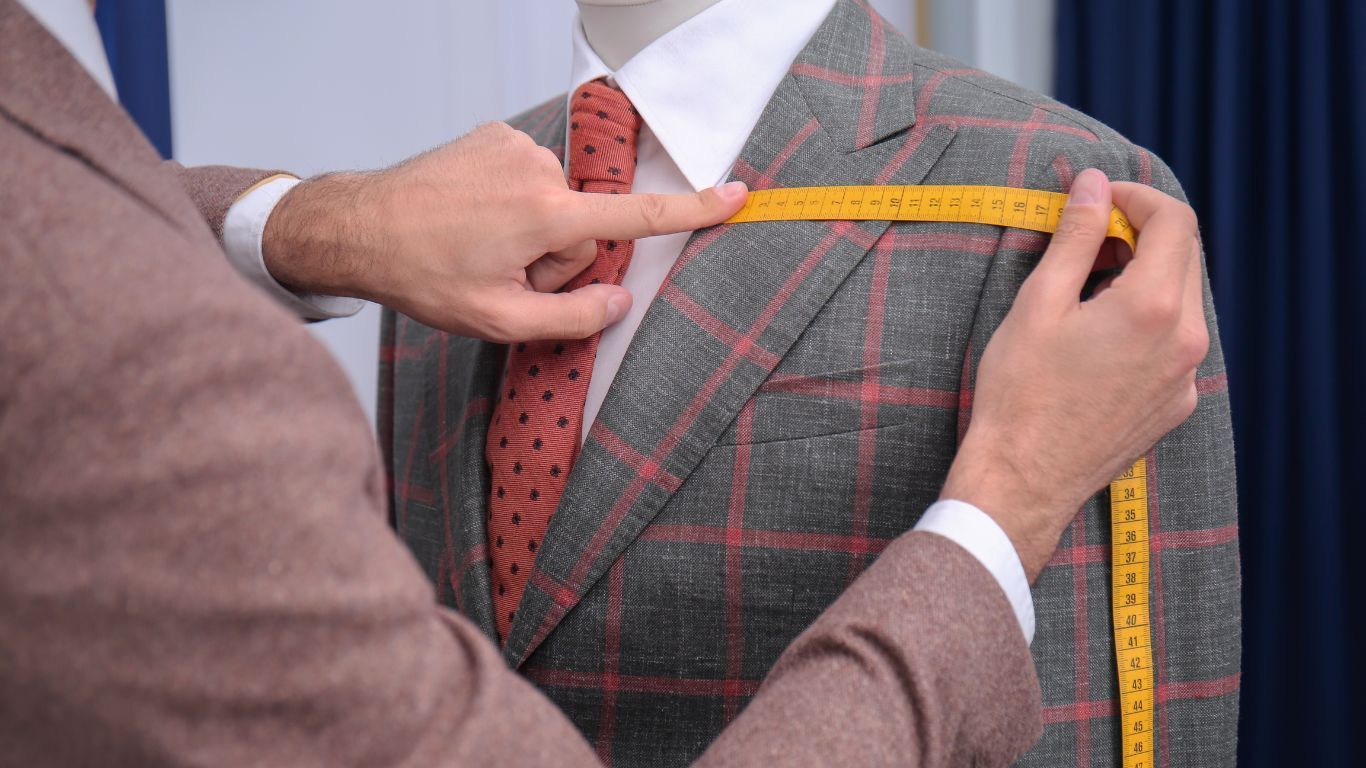Dressing The Part: Why Your Tailor Is Your Career’s Best Support
Dressing the Part: Why Your Tailor Is Your Career’s Best Ally
I recently had an up-and-coming lawyer come to Pascalis, and our expertise has been pivotal in helping him build his career. By working closely with him and with our eye for detail, we were able to create a bespoke suit that made sure that when he turned up to work, the others in his law firm, as well as the clients that he worked with, knew that he was serious about his work and responsibilities.
Not only did that inspire confidence in his capabilities in the eyes of those around him, but it also helped him have the confidence that he was “fitting in” and in the right sector and workplace for his skills and ambition.
In short, tailors understand that the right clothing can embolden young professionals to take on challenges in their career development with poise and assurance. This positive and proactive approach to personal branding and grooming can make all the difference, especially early on in the career. As the popular saying goes: “Dress for who you want to be.”
Cost-Effective Elegance: The Economics of Tailoring
However, the value of a tailor to a young professional doesn’t stop in equipping them with the confidence to tackle their careers. It’s not just about aesthetics: when you come to a tailor, you’re investing in your clothing, and like all investments, it’s a long-term opportunity.
Cheap clothing damages easily. Seams tear or the crotch wears away. A cheap suit might get you through a few months, but what happens when the trousers become unusable? For many young professionals, they find themselves facing the prospect of buying an entirely new suit. It ends up being expensive, time-consuming, and wasteful.
On the other hand, tailored suits will not only last longer, but they can be repaired in a lot of cases. Or, if there’s damage to one part of the suit, it can be replaced without needing to buy an entirely new suit. Many of the young professionals who come to Pascalis find our guidance on how to best maintain, repair, and manage a suit to be enormously cost-effective in the long term.
Suits That Change As You Do
Here’s another way that tailors can help professionals save money: Body shapes change over time, but a tailor can help make sure your wardrobe doesn’t need a refresh to meet those changing shapes.
One good example is a recent graduate, who found that that the suit he bought for job interviews no longer fitted after a year of working (and exercising). We were able to alter his suit to fit his new physique perfectly, saving him the expense of a new one.
How Do Tailors Produce Such Longevity?
A tailor’s touch is synonymous with durability. By selecting robust materials and employing time-honoured techniques, tailors ensure that each piece of clothing is built to sit properly on the body, and therefore last. What tends to damage clothes and cause rapid rare is a poor fit, and that is something that you avoid when you come to the right bespoke tailors in Sydney.
But when we say “longevity” in the tailoring business, we don’t just mean the durability of the material. Another key feature of having an immaculately-prepared suit is that your image then becomes associated with that suit. When people see you wearing it constantly over a period of years, you will find that they remember you better too, and having a reputation for being sharply dressed and well-presented can only do good things for your career.
Tailors As Your Guide To A Good Suit
Finally, a lot of young people that come to us at Pascalis don’t really know what they want in a suit. It’s easy to default to the common style, using the common materials, and end up looking… common.
One of the great advantages of having a professional tailor working with you is that we can help you determine what fit, colour, and material is right for you, and then craft a suit that not only feels great to wear, but helps you stand out. Early on in your career there is nothing more important than making sure you’re standing out in the right way.
In an age where personal branding is key, tailors are more relevant than ever. They equip young professionals with a wardrobe that is not only cost-saving in the long term, but an invaluable asset in helping them establish themselves as someone visible and ambitious within their work environment.
To enjoy the same benefits and build your wardrobe with career-boosting garments, contact the team as Pascalis today!

